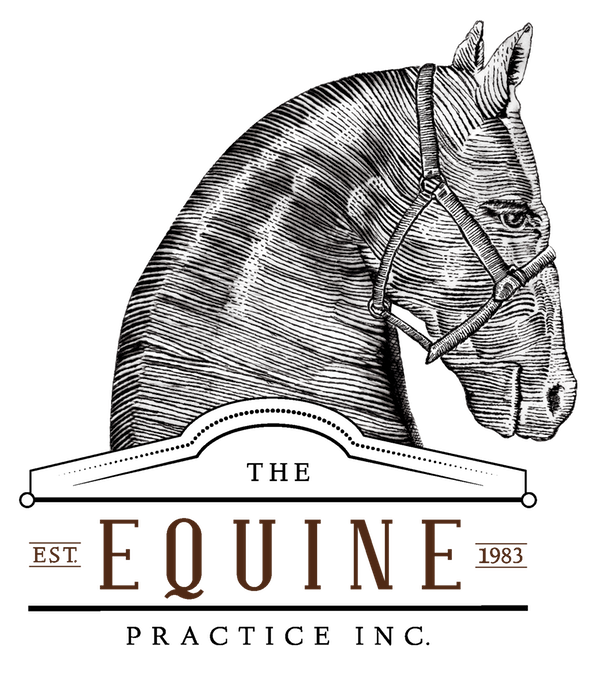The Teeth Of Horses Under Five Years Old Are Very Dynamic
Dental care in young horses should begin about 2 1/2 years of age or two weeks before you introduce a bit into their mouths.
Teeth in horses younger than five years old are softer than those older horses and go through very dynamic changes. When you start to float a young horse, it becomes a commitment to continue floating it every 3 to 4 months. In that short period, new teeth erupt, floated caps are ejected, and soft teeth become sharp again. Therefore, young horses need floating 3 to 4 times a year.
This paradigm replaces the old saying that only older horses must be floated. This is incorrect as their teeth are stable, and their enamel becomes harder.
Caps
All front teeth (the incisors) and half of the cheek teeth (the premolars) start with baby teeth. These are called “caps” by horsemen and are deciduous, meaning they fall out and are replaced with permanent teeth. The total number of caps that fall out between 2 ½ years and five years of age is 24.
Wolf teeth
The number of teeth in the horse mouths is decreasing. The first premolar teeth are gradually disappearing on the top and bottom jaws. What remains in most horses today are two very small teeth with sharp points in front of the two more prominent upper cheek teeth.
It has become traditional in the dentistry of horses to remove these vestigial teeth because some can cause pain when a bit is used in riding. These are called “wolf” teeth, and you can look up the several reasons why they are. I like the one about the General who couldn’t control his horse many centuries ago. The teeth were removed, but the troops were told that wolves had scared his horse. Whatever you want to believe is fine with me.
Sometimes, these teeth don’t fully erupt. Instead of orienting perpendicular to the jaw, they go horizontally and parallel. They never erupt through the gum but become encapsulated in fibrous tissue, creating a lump. They are almost always non-painful and don’t bother the horse. However, horse owners find them and ask for their removal. They are called “Blind Wolf Teeth.”
Wolf teeth can also be found in front of the first lower cheek teeth on the lower jaw. I often find these in Thoroughbreds, Shetland Ponies, and Donkeys.
